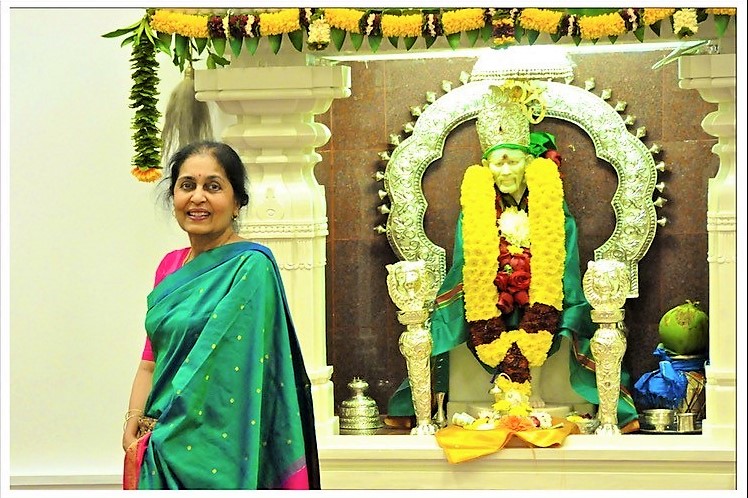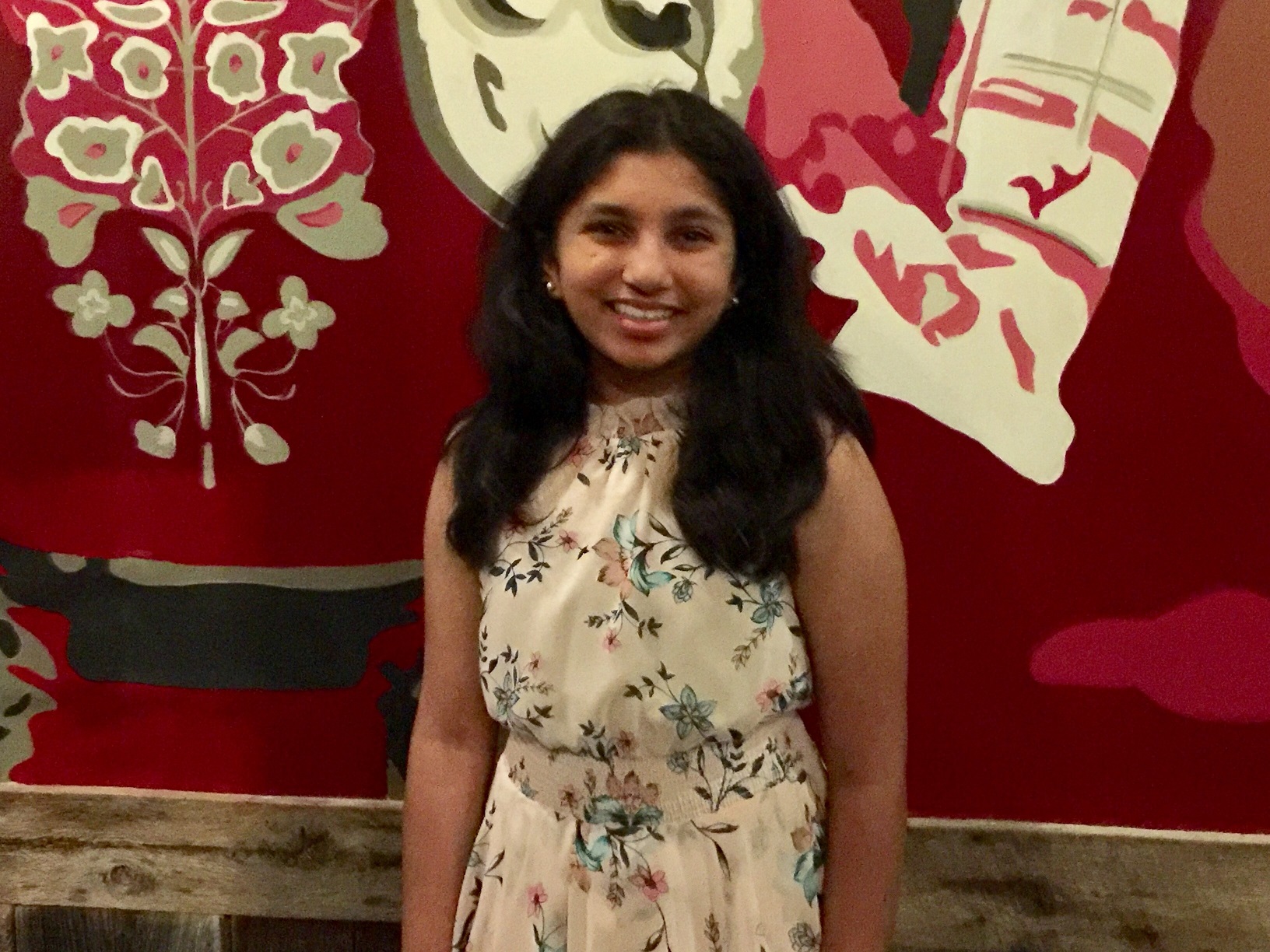2019 Traditional Arts Apprenticeship Program: Ashalatha Premachandra and Kareena Kanumury
It is with great pleasure that we roll out profiles of the 2019 Traditional Arts Apprenticeship Program teams of master artists and apprentices.
We are especially delighted to introduce readers to master Bharatanatyam dancer Ashalatha Premachandra (“Asha Prem”) and her apprentice Kareena Kanumury. Asha Prem is no stranger to the Traditional Arts Apprenticeship Program; she taught two apprentices in TAAP in 1988, the project’s third year (it is now in its 34th year).
As a small child in Bangalore, Asha was eager to dance and learn the South Indian tradition, working very closely with her teacher Sunandana for fourteen years. As an adult, Mrs. Prem and her husband relocated to St. Louis, and he encouraged her to open Dances of India, her own studio. Forty years later, she and her assistants teach over one hundred dance students.

Master of bharatanatyam Ashalatha Premachandra; photo by Mike Oransky. Photo courtesy of Asha Prem.
This year through TAAP, Asha Prem has taken on one special student, Kareena, who the master artist notes is dedicated, disciplined, and focused. “She is at the perfect stage to truly benefit from an apprenticeship.” Mrs. Prem is teaching Kareena two new dances that the master artist characterizes as more difficult than usual, with complicated footwork, gestures, body language, poses, and facial expressions. Asha Prem notes that these dances are challenging and require great stamina and strength. Kareena herself understands that Bharatanatyam is more than the physical movements and choreography; she strives to learn the heritage of the tradition and the cultural stories the dances illustrate. When they complete their lessons this spring, Asha Prem and Kareena will have worked closely together for dozens of hours.

Kareena Kanumury, 2019 Apprentice to Asha Prem. Photo courtesy of Kareena Kanumury.
As Mrs. Prem says: “Bharatanatyam is a deeply spiritual dance and a beautiful form of storytelling that tells the sacred stories of the Hindu tradition. The entire body is involved. There is intricate footwork, postures, facial expressions, body language, and hand gestures accompanied by vocalized rhythmic syllables. Each gesture communicates a meaning, or a set of meanings. The ability to express complex emotions and moods using facial expression is something that takes years of growth—the result of life experience and spirituality that comes from within the individual dancer. You cannot entirely teach that.”
With her intensive lessons, Kareena is making great progress as she moves toward a new level in the tradition.
The heart of Missouri Folk Arts Program is its Traditional Arts Apprenticeship Program. Master artists work one-on-one with apprentices to keep folk arts knowledge and practices alive. In Missouri, with support from the National Endowment for the Arts, the Missouri Arts Council, and the University of Missouri, the first master-apprentice lesson took place on December 10, 1984. Since then, Missouri has supported over 400 apprenticeships in which 200+ master artists have mentored more than 500 apprentices in every region and many communities in the state. Many apprentices have in their turn grown in their artistry and later recognized as master artists in TAAP. They forge anew living links in the chain of Missouri’s folk arts. Some TAAP artists practice traditional regional crafts that date back to Missouri’s Native American peoples and early European settlers. Some newer immigrants, such as Latinxs, Sudanese, and Bosnians, have sustained their artistic traditions in their new homes in Missouri. Still more traditions have migrated to Missouri from other regions of the U.S. All are re-imagined and honed into dynamic Show Me State traditions. Among the arts that have been fostered in TAAP over the decades are blacksmithing, cowboy poetry, old-time short-bow fiddling, African-American storytelling, Ozark Riverways paddle carving, Vietnamese dragon dancing, Western saddle making, old-time clawhammer banjo, wood joinery, square dance calling, German bobbin lace, turkey calls, Mexican paper flowers, and Slovenian button-box accordion.
[Posted February 15, 2019 by Lisa L. Higgins]
